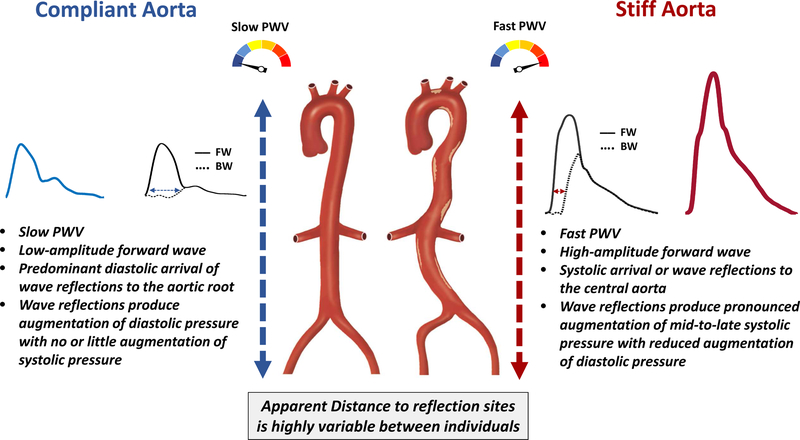Figure 2. Consequences of increased aortic stiffness on the central pressure waveform.
The left side represents what occurs with a highly compliant aorta, as occurs in young healthy adults; the right side represents a very stiff aorta, as occurs in the elderly and/or in the presence of various disease states. A stiff aorta is associated with a high-ampitude forward wave and a faster PWV, determining a faster forward and backward (reflected) wave speeds. This determines an earlier arrival of wave reflections to the aorta, with progressive loss of diastolic pressure augmentation and increased late systolic augmentation. The figure illustrates 2 rather extreme situations, with most people falling “in between”. Moreover, it should be emphasized that the apparent distance to reflection sites is highly variable between individuals and may become a dominant determinant of the timing of wave reflections in populations that exhibit stiff aortas or in the setting of hypertension. The term “apparent” is used because reflection sites can modify the morphology of reflected waves making it appear “shifted” in time (i.e., a shift to the right appears as if a reflection site is further away from the heart, for any given PWV). FW=forward wave. BW=backward wave.

